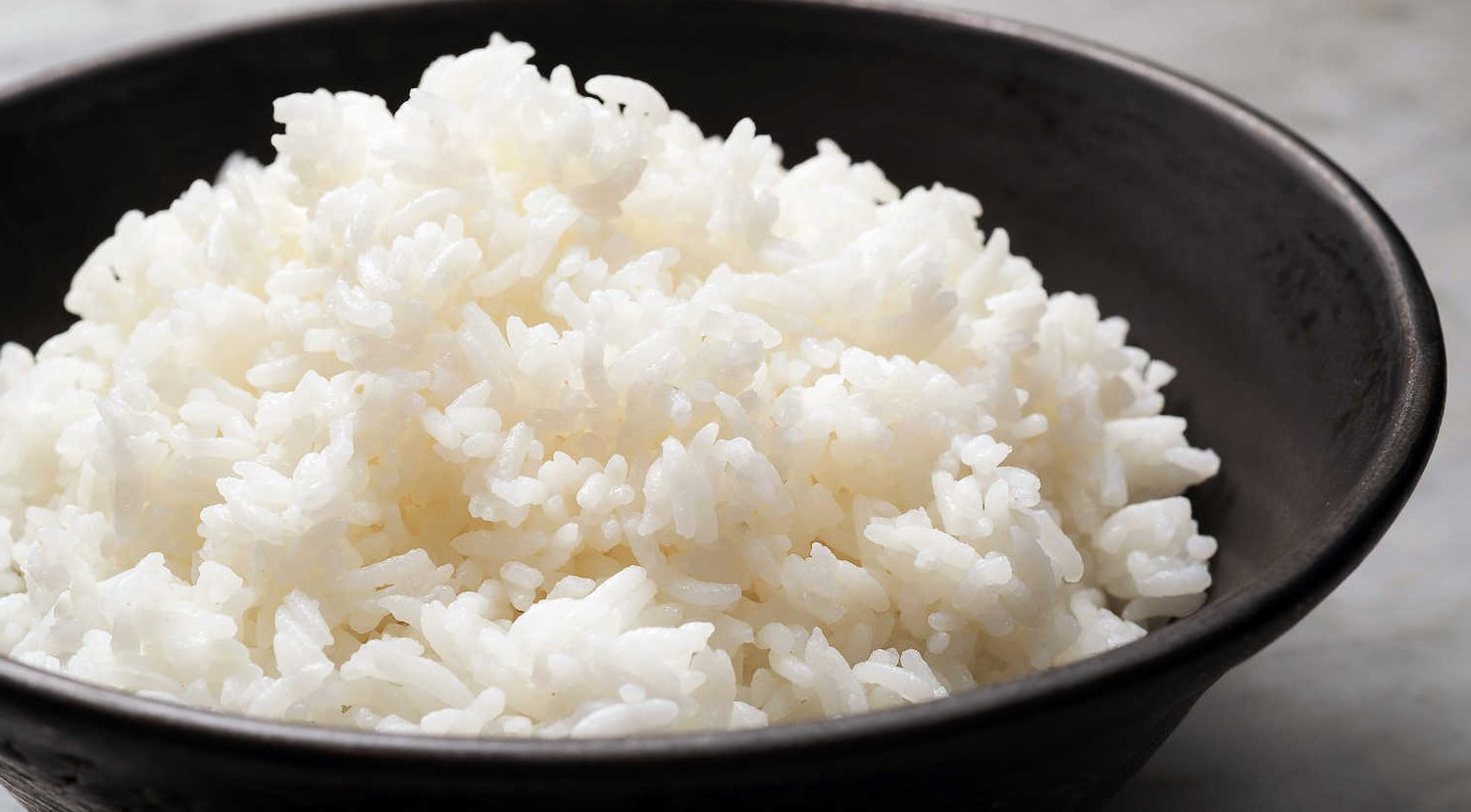How To Know When Rice Is Done?

While I think rice is one of the easiest foods to cook, it can often time be difficult for newbie cooks to know when the rice is done. That confusion necessitated this article. For such cooks, cooking rice to perfection is an essential skill, especially if rice is something their family or household loves to eat a lot.
Whether you’re preparing a fragrant basmati rice pilaf or a comforting bowl of steamed jasmine rice, achieving the ideal texture and doneness is crucial. Simply put; knowing how to tell when rice is done is the key to cooking the tastiest rice recipe. In this comprehensive guide, we will delve into the nuances of cooking rice and explore various techniques to determine when rice is perfectly done. From visual cues to texture tests, you will be equipped you with the knowledge to consistently achieve flawlessly cooked rice that is neither mushy nor undercooked.
Without waste of time let’s jump into the techniques expert rice cooks use to tell when the rice is done and ready to be served.
How to Tell When Rice is Done
Methods used in telling when the rice is done starts from knowing what type of rice you are cooking, it’s not just about when the rice is on the fire and cooking, it starts much earling than that.
- Choosing the Right Rice: Before we delve into cooking methods and doneness indicators, it’s important to select the right type of rice for your dish. Each rice variety has its unique characteristics, including grain length, starch content, and cooking time. Whether you prefer the aromatic basmati, the sticky short-grain sushi rice, or the fluffy long-grain jasmine rice, understanding the rice you are working with is fundamental to achieving optimal results.
- Measuring the Water-to-Rice Ratio: To ensure perfectly cooked rice, maintaining the correct water-to-rice ratio is crucial. While the specific ratio varies depending on the rice variety, a general rule of thumb is to use a 1:2 ratio of rice to water. However, some rice varieties, such as basmati, may require slightly less water. Always refer to the specific cooking instructions provided by the rice manufacturer for precise measurements.
- Visual Cues: Observing the Rice: One of the simplest ways to determine if rice is done is by observing its appearance. As the rice cooks, it absorbs water and expands. When the rice is cooked to perfection, the grains will be plump and tender, with a slight translucency. The surface of the rice should appear soft and glossy. Avoid lifting the lid too frequently during the cooking process, as it can disrupt the steam and result in unevenly cooked rice.
- Texture Test: The Perfect Bite: Texture plays a crucial role in determining the doneness of rice. To achieve the ideal texture, take a grain of rice and gently press it between your thumb and index finger. Well-cooked rice should feel tender and yield easily, while still maintaining a slight firmness or al dente quality. Avoid overcooking the rice, as it can lead to mushiness, and undercooking will result in a hard, unpalatable texture.
- Fork Test: Fluffing and Separation: The fork test is an effective technique to ensure each grain of rice is cooked to perfection and remains separate and fluffy. Using a fork, gently fluff the cooked rice by running the tines through the grains. Well-cooked rice will effortlessly separate into individual grains without clumping together. If the rice sticks together or appears slightly undercooked, it may require additional cooking time.
- Taste Test: The Final Judgment: While visual cues and texture tests are reliable indicators, the ultimate test of doneness is the taste test. Take a small portion of cooked rice and sample it. The rice should be tender and fully cooked, without any raw or crunchy bits. It should have a pleasant, slightly chewy texture and a neutral flavor. If the rice still feels undercooked, return it to the heat for a few more minutes.
- Resting Period: Allowing for Fluffiness: Once the rice is perfectly cooked, it is crucial to let it rest before serving. Remove the pot from the heat and let the rice sit, covered, for 5 to 10 minutes. During this resting period, any residual moisture will be absorbed, and the rice will become even more tender and fluffy. Avoid removing the lid during the resting period, as it can disrupt the steam and result in uneven texture.
In conclusion, cooking rice to perfection is a skill that can elevate any rice dish to new heights. By understanding the visual cues, performing texture tests, and conducting taste tests, you can achieve the ideal doneness every time. The key starts with remembering to choose the right rice variety, measure the water-to-rice ratio accurately, and pay attention to the cooking time. With practice and attention to detail, you will master the art of cooking perfectly tender, fluffy rice that will impress family and friends alike.

